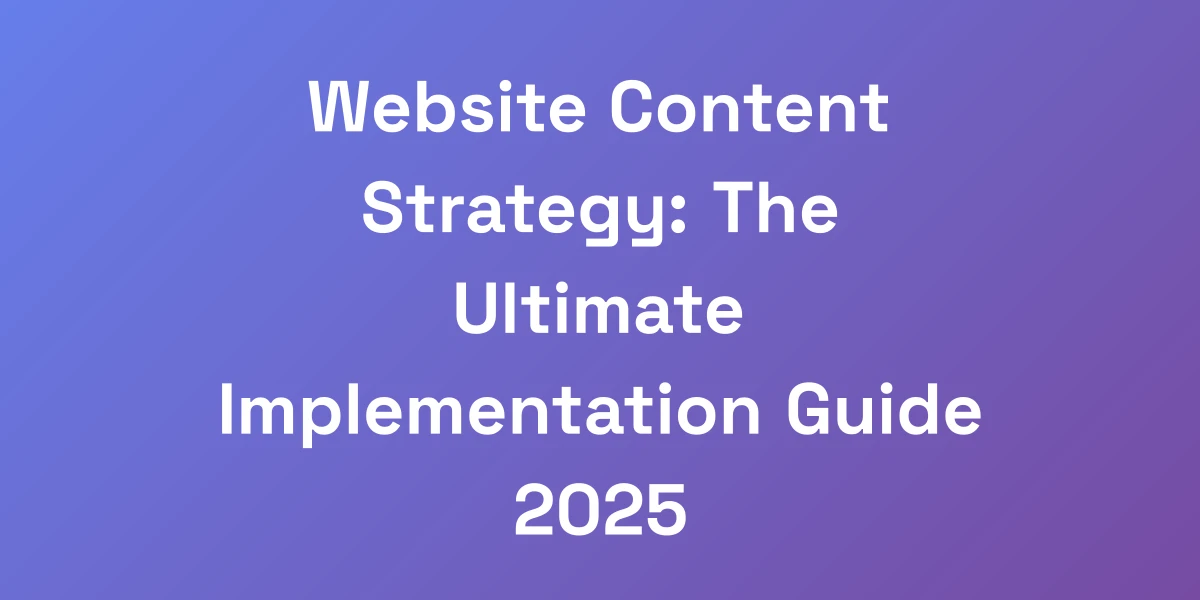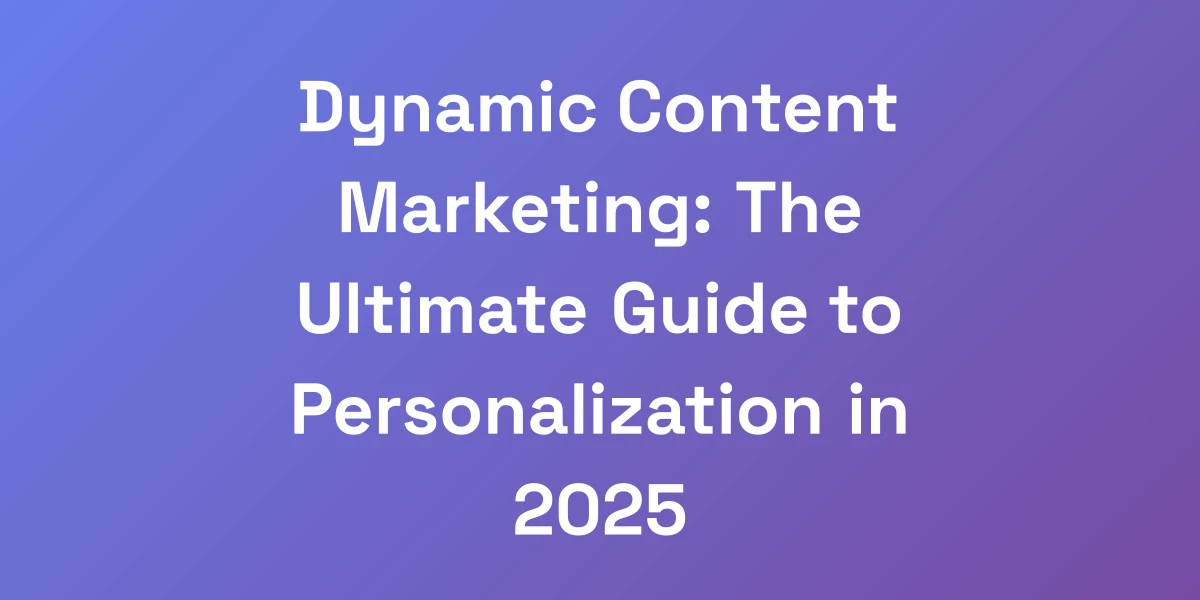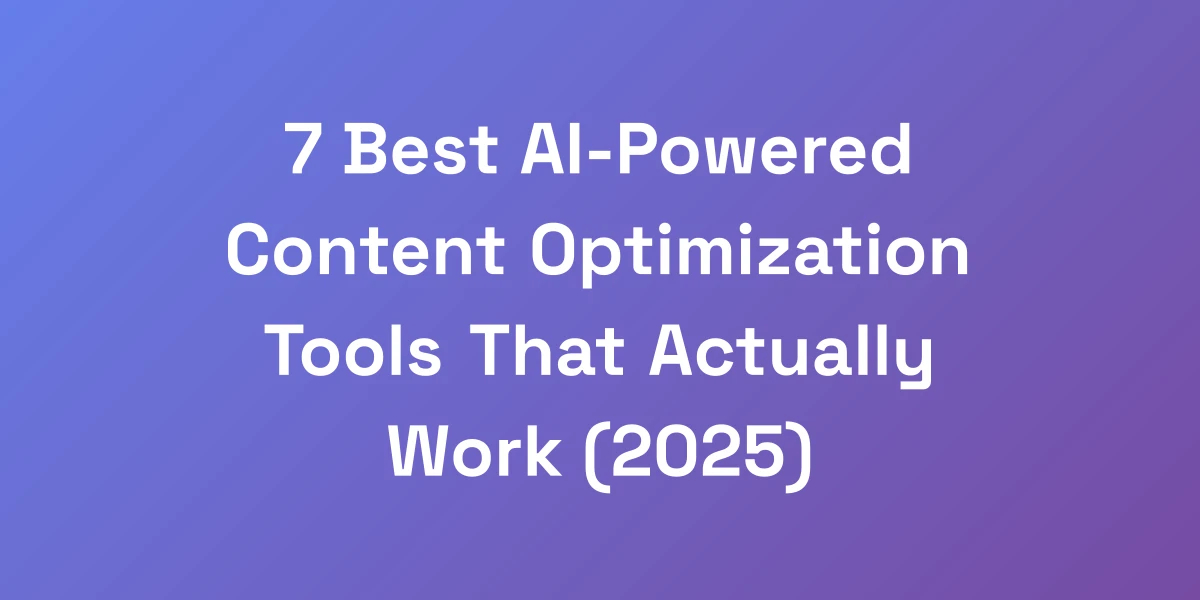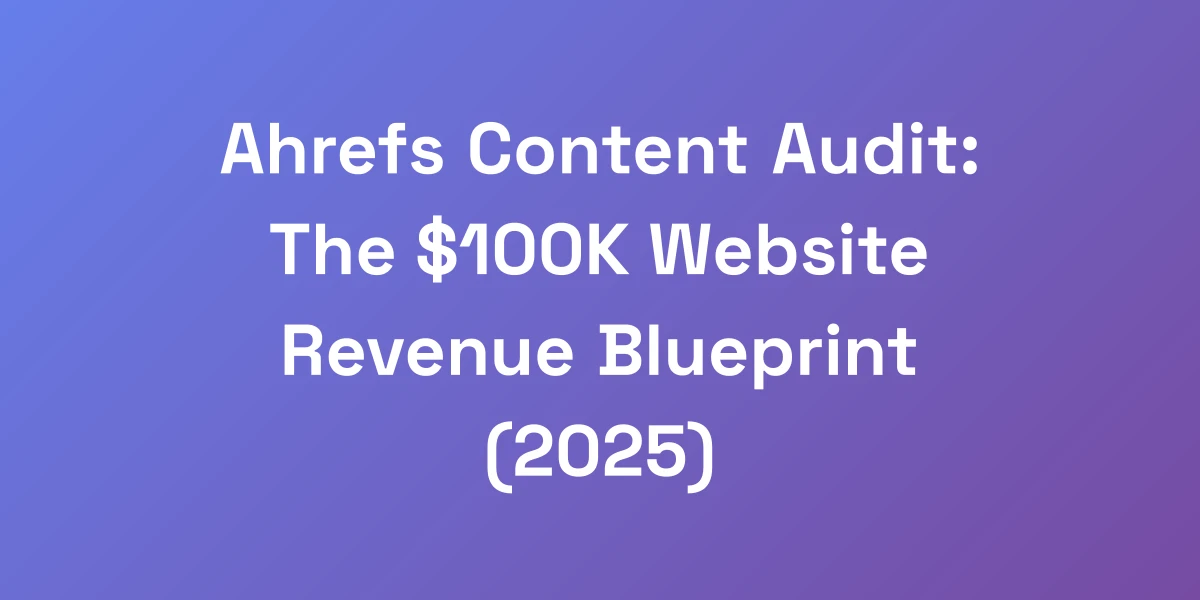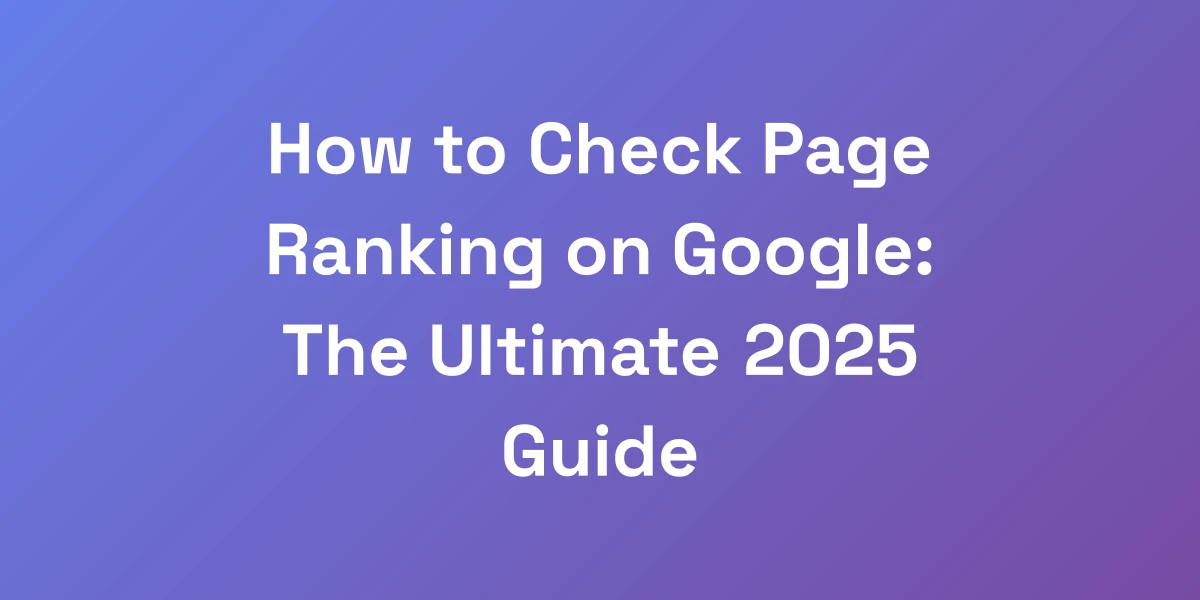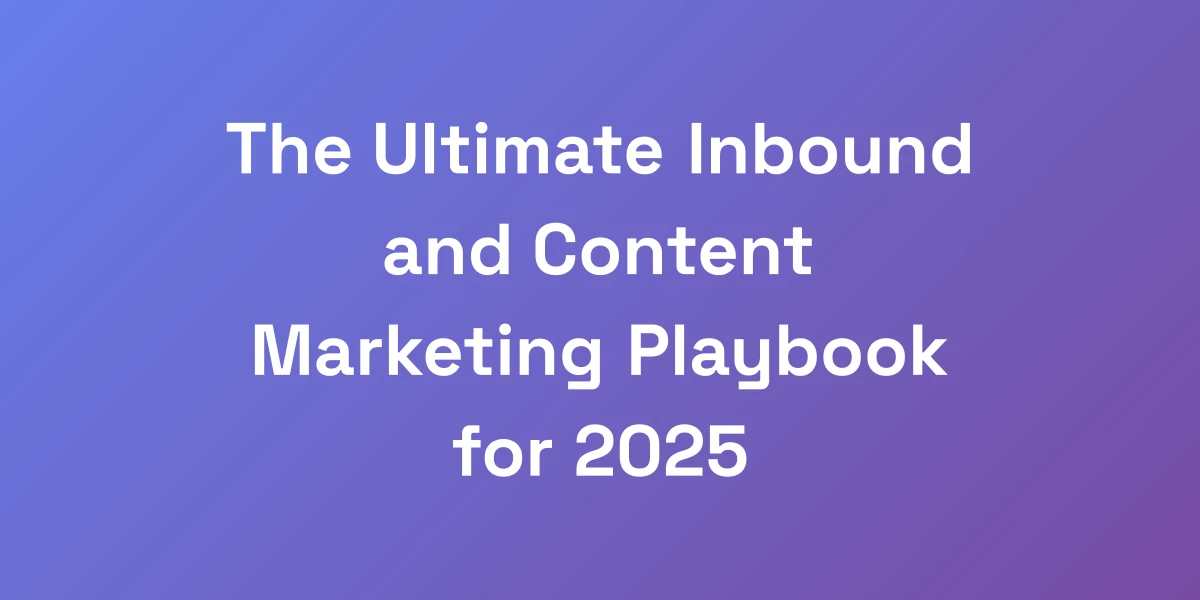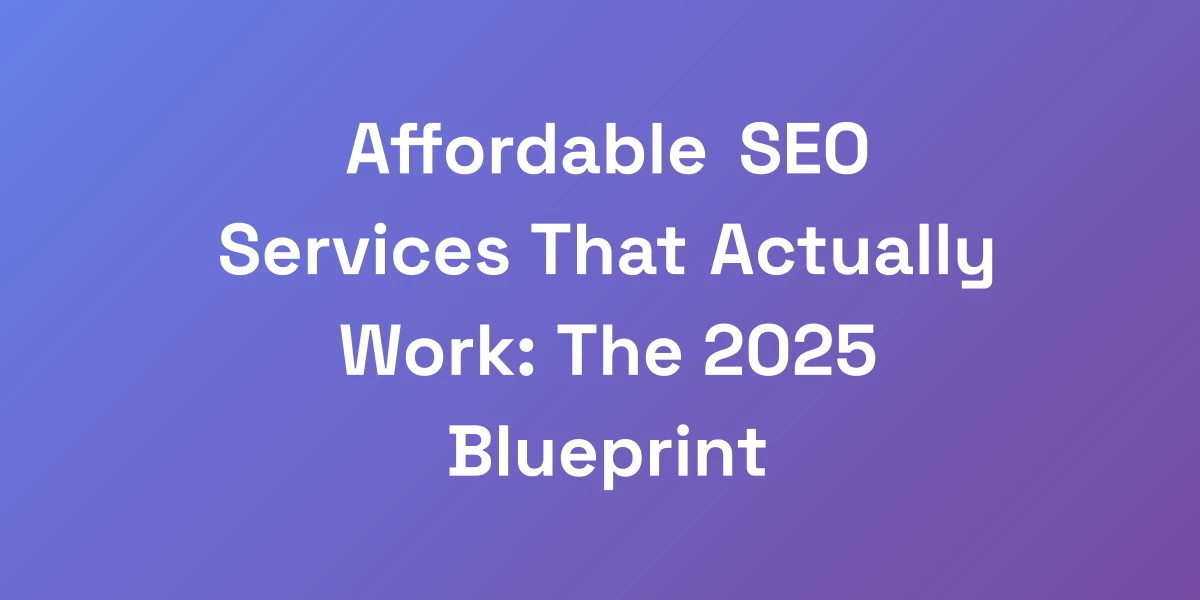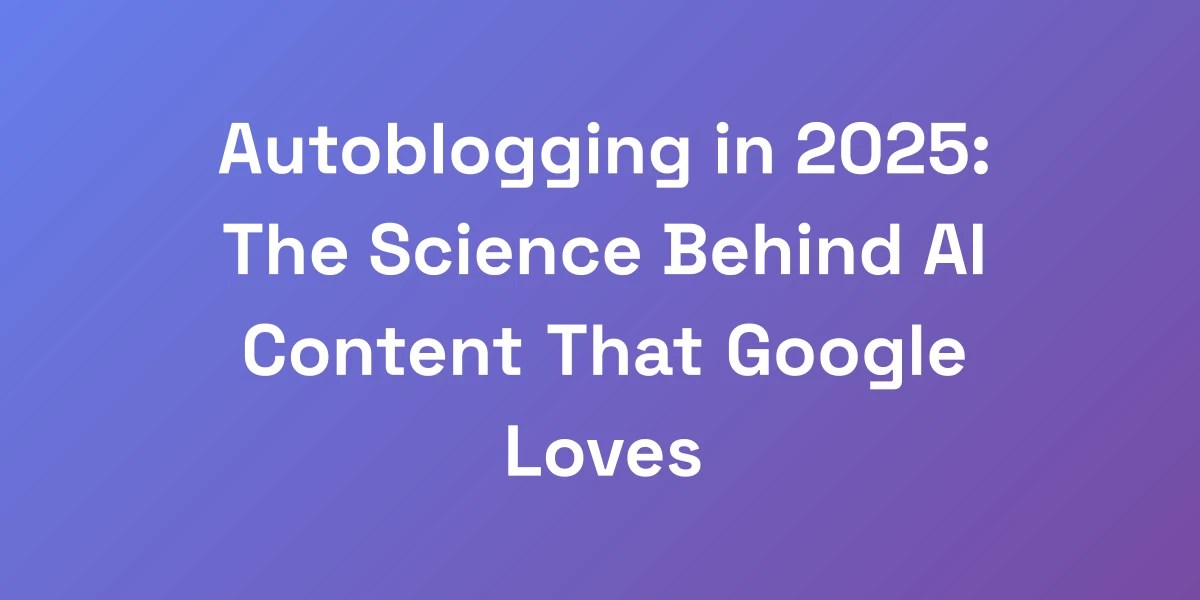
Autoblogging in 2025: The Science Behind AI Content That Google Loves
Feb 21, 2025 | By [email protected]
Introduction
Imagine a world where your blog updates itself, churning out fresh content effortlessly while you focus on other aspects of your business. This isn’t a distant future concept—autoblogging has evolved into a sophisticated system powered by artificial intelligence. As we step into 2025, the capabilities of AI in content creation have reached new heights, making it essential to understand the science behind autoblogging that not only generates content but also aligns perfectly with Google’s ever-evolving algorithms.
The challenges we face with autoblogging revolve around maintaining content quality, ensuring authenticity, and adhering to search engine compliance. With Google placing greater emphasis on factors like Expertise, Experience, Authoritativeness, and Trustworthiness (E-E-A-T), the question arises: How can AI-generated content meet these stringent standards? In this article, we delve deep into the mechanics of autoblogging, explore Google’s perspective on AI-generated content, and provide actionable strategies to create content that not only ranks well but also delivers genuine value to readers.
Understanding the Evolution of AI Autoblogging
From RSS Feeds to Neural Networks
The journey of autoblogging began with simple RSS feed aggregators that pulled content from various sources and published it on blogs automatically. These early systems were limited in scope, often resulting in repetitive and low-quality content that failed to engage readers meaningfully.
Today, the landscape has transformed dramatically with the integration of neural networks and advanced natural language processing (NLP). Modern autoblogging platforms utilize machine learning algorithms that can understand context, generate human-like text, and even mimic specific writing styles. This shift from basic aggregation to intelligent content generation marks a significant leap in the autoblogging revolution.
For instance, platforms like AutoSEO can produce over 30 SEO-optimized articles in minutes, leveraging sophisticated NLP models to ensure the content is not only relevant but also engaging and tailored to the audience’s preferences. Additionally, exploring auto SEO tools can further enhance the quality and reach of your content.
Key Players in the Autoblogging Revolution
The autoblogging landscape is dominated by several key players that have harnessed the power of AI to streamline content creation. Autoblogging AI stands out with its ability to generate bulk articles quickly, integrating seamlessly with popular CMS platforms like WordPress, Joomla, and Drupal. Similarly, Journalist AI offers features like auto-blogging and intelligent SEO enhancements, which include interlinking and external linking to boost search engine visibility.
These platforms are not just tools but comprehensive ecosystems that provide marketers and content creators with the necessary resources to scale their content operations efficiently. The rise of these platforms is supported by the increasing adoption of AI technologies across various business functions, with McKinsey & Company reporting a 72% AI adoption rate in 2024.
The Technical Architecture Behind Modern Autoblogging
Modern autoblogging systems are built on a robust technical architecture that combines several advanced technologies. At the core lies machine learning and deep learning algorithms, which enable the system to learn from vast amounts of data and improve content generation over time. These algorithms are trained to understand context, grammar, and even the nuances of different writing styles.
Additionally, these platforms incorporate APIs for seamless integration with various CMS and marketing tools, ensuring that content can be published automatically without manual intervention. Natural Language Generation (NLG) engines play a crucial role, transforming structured data into coherent and engaging text that resonates with readers. Leveraging AI for SEO can further optimize the content creation process.
Platforms like Journalist AI utilize NLG to create content that not only meets SEO requirements but also remains true to the brand’s voice and tone, offering a personalized touch even in automated content creation.
Impact on Traditional Content Creation Methods
The advent of AI-powered autoblogging has significantly disrupted traditional content creation methods. Previously, producing high-quality blog content required substantial time and effort from human writers, involving research, drafting, editing, and SEO optimization.
With autoblogging, much of this workload is automated, allowing businesses to scale their content production effortlessly. However, this shift also brings challenges. While AI can handle the bulk of content generation, maintaining quality and originality remains a concern. Therefore, a hybrid approach—where AI handles initial drafts and human editors refine the content—has emerged as a best practice.
Case studies from platforms like MarketMuse demonstrate how blending AI-generated content with human oversight can enhance both efficiency and quality, ensuring that the final output aligns with the desired standards and resonates with the target audience.
Current Market Statistics and Adoption Rates
The adoption of AI in content creation is soaring. According to McKinsey & Company, AI adoption surged to 72% in 2024, with a significant rise in the use of generative AI across various business functions. Additionally, 65% of respondents reported using generative AI in at least one business function, up from one-third the previous year.
Moreover, Vention highlights that nearly 80% of decision-makers have experimented with generative AI, and over 20% incorporate it regularly into their workflows. These statistics underscore the widespread acceptance and reliance on AI for content creation, particularly in marketing and sales, where the ability to generate large volumes of high-quality content quickly offers a considerable competitive advantage.
The increasing integration of AI in autoblogging not only boosts efficiency but also drives innovation in content strategies, enabling businesses to stay ahead in the dynamic digital landscape.
Google’s Perspective on AI-Generated Content
Recent Algorithm Updates Affecting AI Content
Google’s algorithms are continually evolving to prioritize high-quality content that serves the user’s intent effectively. Recent updates have specifically targeted AI-generated content, emphasizing the need for content to demonstrate E-E-A-T—Expertise, Experience, Authoritativeness, and Trustworthiness.
In the March 2024 Core Update, Google reaffirmed its focus on rewarding content that provides genuine value, regardless of whether it was produced by humans or AI. This means that while AI-generated content is not outright banned, it must meet stringent criteria to avoid penalties and rank well in search results.
For example, websites that relied solely on AI to generate low-quality, keyword-stuffed articles saw a decline in rankings, whereas those that integrated human oversight and ensured content quality maintained or improved their SEO performance.
Understanding E-E-A-T in the Context of Autoblogging
E-E-A-T stands for Expertise, Experience, Authoritativeness, and Trustworthiness. These criteria are central to how Google evaluates the quality of content. In the context of autoblogging, this means that AI-generated content must not only be relevant and well-written but also demonstrate a deep understanding of the subject matter.
To align autoblogged content with E-E-A-T, businesses need to ensure that AI tools are used to enhance, rather than replace, human expertise. This can be achieved by using AI to draft content and then having experts review and refine it, adding unique insights and ensuring factual accuracy.
For instance, MarketMuse utilizes a hybrid approach where AI generates content outlines and initial drafts, which are then polished by human editors to ensure compliance with E-E-A-T standards. This method ensures that the content is both efficient to produce and high in quality.
Google’s Official Statements on AI Content
Google has been clear in its stance on AI-generated content. According to the Google Developers Blog, the company does not inherently penalize content just because it was created by AI. Instead, Google focuses on the quality and usefulness of the content. The official statement emphasizes that content should provide value to users and meet the E-E-A-T criteria, regardless of its origin.
Furthermore, Google warns against using AI purely as a shortcut to manipulate search rankings. “Using automation—including AI—to generate content with the primary purpose of manipulating ranking in search results is a violation of our spam policies,” Google states. This reinforces the importance of using AI responsibly and ensuring that the content generated is beneficial to the audience.
By adhering to these guidelines, businesses can leverage AI in autoblogging without fear of penalties, provided they maintain high standards of content quality and relevance.
Case Studies of Penalized AI Content
While specific case studies of websites penalized solely for AI-generated content between 2023 and 2024 are not publicly detailed, the broader trend indicates that Google penalizes low-quality content regardless of its origin. Websites that employ AI to generate bulk content without proper quality control have experienced drops in rankings.
For example, a site that used AI to produce numerous articles filled with keywords but lacking depth and relevance saw a significant decline in its search engine rankings. This emphasizes that the quality and user intent must always take precedence over the sheer volume of content.
Another scenario involved a blog that automated content updates using AI without human oversight, resulting in generic and unengaging posts. Google’s algorithms identified the lack of unique value, leading to lower rankings and reduced traffic.
These instances highlight the critical need for maintaining high-quality standards and ensuring that AI-generated content aligns with user expectations and Google’s guidelines.
Strategies for Algorithm Compliance
Ensuring that AI-generated content complies with Google’s algorithms requires a strategic approach that prioritizes quality and user value. Here are some actionable strategies:
- Hybrid Content Creation: Combine AI-generated drafts with human editing to enhance quality and add unique insights.
- Focus on E-E-A-T: Ensure content demonstrates expertise, experience, authoritativeness, and trustworthiness through thorough research and credible sources.
- Regular Quality Audits: Implement regular reviews of AI-generated content to identify and rectify any quality issues.
- User-Centric Content: Prioritize content that addresses the specific needs and intents of your target audience.
- Avoid Keyword Stuffing: Use keywords naturally within the content, focusing on readability and relevance rather than density.
By adopting these strategies, businesses can ensure that their autoblogged content not only adheres to Google’s guidelines but also delivers genuine value to their readers.
Best Practices for Implementing Autoblogging
Setting Up Content Quality Parameters
Establishing clear content quality parameters is essential for successful autoblogging. These parameters act as guidelines to ensure that the content generated by AI meets the desired standards. Key aspects to consider include:
- Relevance: Ensure the content aligns with the topic and addresses the user’s intent effectively.
- Accuracy: Verify facts and data to maintain the credibility and trustworthiness of the content.
- Engagement: Create content that encourages interaction, whether through comments, shares, or other forms of engagement.
- Readability: Use clear and concise language, varying sentence structure to maintain the reader’s interest.
- Originality: Avoid plagiarism and ensure each piece of content offers unique value.
For example, when using a platform like Autoblogging AI, setting these parameters can involve specifying the desired word count, tone, and key points to cover, ensuring that the AI-generated content aligns with your brand’s voice and quality standards. Additionally, familiarizing yourself with AI SEO tools can enhance your strategy.
Human Oversight and Editorial Workflows
While AI can handle the heavy lifting of content generation, human oversight remains crucial to ensure quality and authenticity. Implementing a structured editorial workflow can help maintain high standards:
- Initial Review: Have human editors review AI-generated drafts for accuracy and relevance.
- Editing and Refinement: Enhance the content by adding unique insights, refining the language, and ensuring it meets E-E-A-T criteria.
- Final Approval: Conduct a final check to ensure the content is polished and ready for publication.
- Continuous Feedback: Provide feedback to the AI system to improve future content generation based on past performance.
Platforms like MarketMuse exemplify this hybrid approach, where AI assists in content creation, and human editors ensure the final product meets quality standards and resonates with the target audience.
Content Diversification Strategies
Relying solely on text-based content can limit audience engagement and reach. Implementing content diversification strategies can enhance the effectiveness of autoblogging by catering to various audience preferences:
- Multimedia Integration: Incorporate images, videos, infographics, and other multimedia elements to make content more engaging.
- Different Content Formats: Experiment with various formats such as listicles, how-to guides, case studies, and interviews to keep the content fresh and appealing.
- Topic Variation: Cover a broad range of topics within your niche to attract a wider audience and reduce content redundancy.
- User-Generated Content: Encourage contributions from your audience to add diversity and authenticity to your blog.
For instance, Journalist AI offers features that facilitate the inclusion of rich media and diverse content formats, enhancing the overall user experience and boosting SEO performance. Moreover, utilizing AI and SEO strategies can further enhance your content planning.
Optimization for Search Intent
Understanding and optimizing for search intent is fundamental to creating content that ranks well on Google. Search intent refers to the user’s purpose behind a query, which can be informational, navigational, transactional, or commercial investigation.
To optimize for search intent, consider the following steps:
- Keyword Research: Identify keywords that reflect the various intents of your target audience.
- Content Mapping: Align your content topics with the corresponding search intents to ensure relevance.
- Answer User Questions: Create content that directly addresses the common questions and needs of your audience.
- Engagement Metrics: Monitor metrics like bounce rate, time on page, and click-through rates to gauge how well your content meets user intent.
Using AI tools, businesses can analyze large datasets to uncover patterns in search queries and tailor their autoblogged content accordingly. This ensures that the content not only ranks well but also provides meaningful value to the readers.
Performance Monitoring and Adjustment
Continuous performance monitoring is essential to the success of autoblogging initiatives. By regularly analyzing how your content performs, you can make informed adjustments to enhance its effectiveness. Key aspects to monitor include:
- Traffic Analytics: Track the number of visitors, page views, and unique visitors to assess the reach of your content.
- Engagement Metrics: Measure user engagement through comments, shares, and time spent on page.
- SEO Performance: Monitor keyword rankings, backlinks, and domain authority to understand your content’s SEO impact.
- User Feedback: Gather feedback through surveys, comments, and direct interactions to gauge reader satisfaction and areas for improvement.
Tools like Google Analytics and Ahrefs can provide comprehensive insights into content performance, allowing businesses to tweak their autoblogging strategies for better results continuously.
Advanced Optimization Techniques for AI-Generated Content
Semantic SEO Integration
Semantic SEO focuses on the meaning and context of search queries rather than just matching keywords. Integrating semantic SEO into AI-generated content ensures that it aligns with how users actually search for information.
Key strategies for semantic SEO integration include:
- Topic Clustering: Organize content into clusters around central themes to improve topical authority.
- Use of Synonyms and Related Terms: Incorporate a variety of related keywords and phrases to cover the breadth of the topic.
- Answering Related Queries: Include content that addresses related questions and subtopics within the main topic.
- Structured Data Markup: Implement schema markup to help search engines understand the context and relationships within your content.
By embedding these strategies, AI-generated content becomes more aligned with user intent and search engine algorithms, enhancing its visibility and relevance.
Entity Optimization Strategies
Entity optimization involves identifying and leveraging key entities—people, places, things, and concepts—in your content to improve its relevance and authority. Entities help search engines understand the context and relationships within content, making it easier to match with user queries.
Effective entity optimization strategies include:
- Identify Key Entities: Use tools like Google’s Knowledge Graph to determine the primary entities related to your topic.
- Incorporate Entities Naturally: Ensure that entities are integrated seamlessly within the content to maintain readability and flow.
- Provide Detailed Information: Offer comprehensive details about each entity to enhance the depth and authority of the content.
- Link to Authoritative Sources: Reference reputable sources to establish context and credibility for the entities mentioned.
For example, when writing about autoblogging AI, mentioning related entities like machine learning, natural language processing, and key industry players can enhance the article’s relevance and authority.
Natural Language Enhancement
Enhancing the natural language aspects of AI-generated content ensures that it reads smoothly and engages the audience effectively. This involves refining the syntax, grammar, and overall flow of the text to make it more conversational and relatable.
Techniques for natural language enhancement include:
- Varied Sentence Structure: Mix short and long sentences, use different sentence types to maintain reader interest.
- Conversational Tone: Adopt a friendly and engaging tone that resonates with the audience.
- Descriptive Language: Use vivid descriptions and imagery to make the content more compelling.
- Interactive Elements: Incorporate questions and prompts to encourage reader interaction and reflection.
Platforms like Journalist AI employ advanced NLP techniques to ensure that the content not only meets SEO standards but also feels natural and engaging to the reader.
Content Structure and Formatting
A well-structured and properly formatted article enhances readability and user experience. Effective content structure helps guide the reader through the information seamlessly, making it easier to digest and retain.
Key elements of content structure and formatting include:
- Clear Headings and Subheadings: Use descriptive H2 and H3 tags to break up content into manageable sections.
- Short Paragraphs: Limit paragraphs to one or two sentences to enhance readability.
- Bulleted and Numbered Lists: Utilize lists to present information clearly and concisely.
- Bold and Italics: Highlight important terms and phrases to draw attention and improve focus.
- Consistent Formatting: Maintain uniformity in font styles, sizes, and heading structures throughout the article.
Implementing these formatting techniques ensures that AI-generated content is not only informative but also visually appealing and easy to navigate, thereby enhancing user engagement and satisfaction.
Rich Media Integration
Integrating rich media elements such as images, videos, infographics, and interactive graphics can significantly boost the effectiveness of AI-generated content. Rich media not only makes the content more engaging but also improves its SEO performance by increasing user interaction and time spent on the page.
Strategies for rich media integration include:
- Relevant Images: Use high-quality images that complement and enhance the textual content.
- Embedded Videos: Incorporate videos to provide additional context and visual explanations.
- Infographics: Create infographics to present complex data and information in an easily digestible format.
- Interactive Elements: Use quizzes, polls, and interactive charts to engage users and encourage participation.
Tools like Canva and Adobe Spark can help create visually appealing rich media elements that can be seamlessly integrated into autoblogged content, enhancing both its aesthetic appeal and informational value.
Future Trends and Predictions
Emerging AI Technologies in Content Creation
The future of autoblogging is poised to be shaped by continuous advancements in AI technologies. Emerging trends indicate a move towards more intelligent systems that can generate highly personalized and contextually relevant content.
Key emerging technologies include:
- AI-Generated Videos: With improvements in photorealism and temporal consistency, AI-generated videos are becoming more indistinguishable from human-created media.
- Enhanced Reasoning Capabilities: AI systems are evolving to focus more on reasoning and understanding context, leading to more sophisticated and nuanced content creation.
- Open-Source AI Models: The rise of powerful open-source models like Meta’s Llama 3 democratizes access to high-performance AI tools, enabling more developers and content creators to leverage AI effectively.
- Improved Content Personalization: AI will enable more precise personalization of content based on user behavior, preferences, and demographic data.
These advancements will push the boundaries of what autoblogging can achieve, making AI an even more integral part of content creation strategies.
Predicted Algorithm Changes
As AI-generated content becomes more prevalent, search engines like Google will continue to refine their algorithms to better evaluate and rank such content. Predicted changes include:
- Enhanced AI Detection: Improved tools and methodologies to detect and assess the quality of AI-generated content.
- Greater Emphasis on User Intent: Algorithms will place even more emphasis on understanding and fulfilling user intent, ensuring content that meets specific needs ranks higher.
- Focus on Content Authenticity: Increased scrutiny on the originality and authenticity of content, rewarding unique and well-researched articles.
- Integration of E-E-A-T: Further integration of Expertise, Experience, Authoritativeness, and Trustworthiness metrics in content evaluation.
Staying informed about these changes will be crucial for businesses to maintain their SEO rankings and ensure their autoblogged content remains compliant with search engine standards.
Evolution of Content Quality Metrics
Content quality metrics are evolving to become more sophisticated and comprehensive. Future metrics will likely include:
- User Engagement: Metrics such as time on page, interaction rates, and social shares will increasingly influence content rankings.
- Content Depth and Breadth: Algorithms will assess the depth of coverage and comprehensiveness of content on a given topic.
- Semantic Understanding: Enhanced understanding of the semantic relationships within content to better evaluate relevance and context.
- Trust Indicators: Factors such as backlink quality, author reputation, and site security will play a more prominent role in determining content quality.
Businesses need to align their autoblogging strategies with these evolving metrics to ensure their content maintains high standards and performs well in search rankings.
Integration with Other Marketing Tools
Future autoblogging systems will increasingly integrate with a variety of marketing tools to provide a seamless and holistic content marketing strategy. Key integrations include:
- Email Marketing Platforms: Automated content distribution through email campaigns, personalized based on user interaction and preferences.
- Social Media Management: Direct sharing of autoblogged content across social media channels to maximize reach and engagement.
- Analytics Tools: Comprehensive integration with analytics tools for real-time performance tracking and insights.
- CRM Systems: Syncing content with customer relationship management systems to tailor content based on customer data and interactions.
These integrations enable businesses to create a unified content marketing ecosystem where autoblogging works in tandem with other marketing efforts to enhance overall effectiveness and efficiency.
Future of Human-AI Collaboration
The future of autoblogging lies in the synergistic collaboration between humans and AI. Rather than viewing AI as a replacement for human creativity, the focus will shift towards leveraging AI as a powerful assistant that augments human capabilities.
Key aspects of this collaboration include:
- Creative Synergy: Humans provide the creative vision and strategic direction, while AI handles the execution of content generation tasks.
- Continuous Learning: AI systems will continuously learn from human feedback to improve content quality and relevance over time.
- Specialized Roles: Humans focus on high-level tasks such as ideation, strategy, and final content approval, while AI manages repetitive and time-consuming tasks like drafting and initial optimization.
- Enhanced Productivity: This collaboration leads to enhanced productivity, allowing teams to produce more content without compromising on quality.
By embracing a collaborative approach, businesses can harness the strengths of both human creativity and AI efficiency to create superior content that meets the demands of today’s digital landscape.
Conclusion
Autoblogging in 2024 represents a marriage of advanced AI technology and strategic content creation, offering businesses the ability to produce high-quality, SEO-optimized content efficiently. By understanding the evolution of autoblogging, aligning with Google’s E-E-A-T standards, and implementing best practices for content quality and optimization, we can harness the full potential of AI in content marketing.
As AI technologies continue to advance, the collaboration between humans and AI will become increasingly seamless, driving greater efficiency and creativity in content creation. To stay ahead in the competitive digital landscape, adopting these strategies and staying informed about future trends is essential.
Ready to revolutionize your content strategy with autoblogging? Start integrating AI tools today and watch your content soar to new heights. Have thoughts or experiences with AI-driven autoblogging? Share them in the comments below—we’d love to hear your story!
